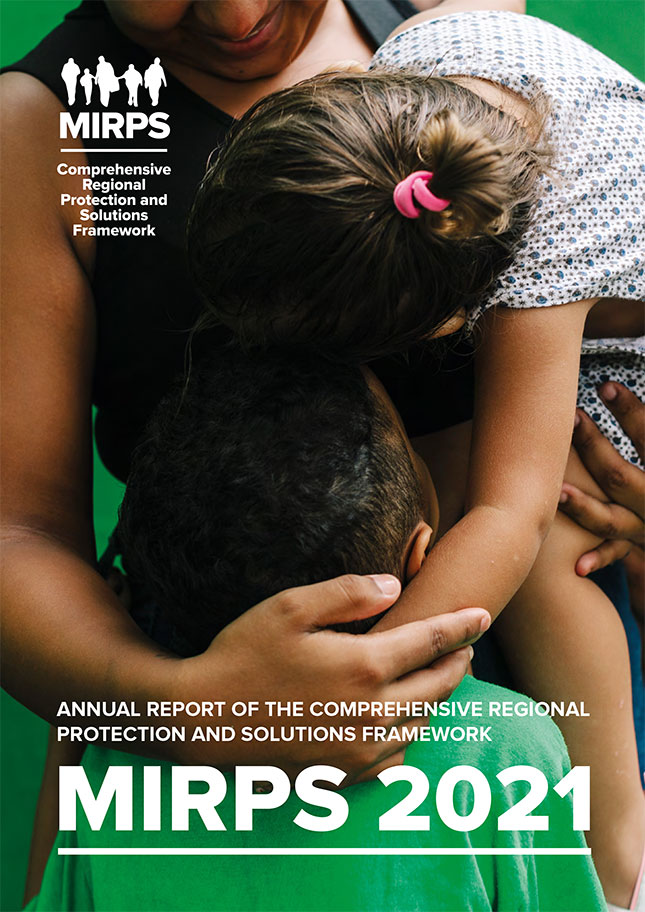By the end of the year, more than one million people had been displaced in and from countries in Central America and Mexico. Social conflict, gender-based violence, climate change and the impact of COVID-19 are emerging factors that have exacerbated underlying vulnerabilities and accelerated mobility. Natural disasters, floods and droughts disproportionately affect people living in poverty and insecure environments. An increase in the cross-border movement of people has been observed as a result of the gradual easing of COVID-19 restrictions.
This situation has presented a challenge for receiving and transit countries, which have strengthened their capacities to respond to this trend. While movements in large and loosely organized groups have continued, the majority of people moving through the northern region do so individually, in small groups and increasingly in family units.
At the beginning of 2021, there were 1.06 million people on the move in and from El Salvador, Honduras, and Guatemala and 121,000 people who had fled Nicaragua. In addition, Costa Rica, Mexico, and Panama had received 262,107 Venezuelan refugees by the end of 2020. While Mexico has remained an important transit country for people moving north, it has increasingly become a destination country, processing 51,200 new asylum applications during the first half of the year, particularly from Haitian nationals. Registration has helped mitigate protection and exploitation risks and supported access to basic services and the labor market for these populations.
Overall, the number of asylum seekers and refugees in Central America has risen by 70% since the year before the adoption of MIRPS, increasing from 41,851 to 296,863 in 2021.

